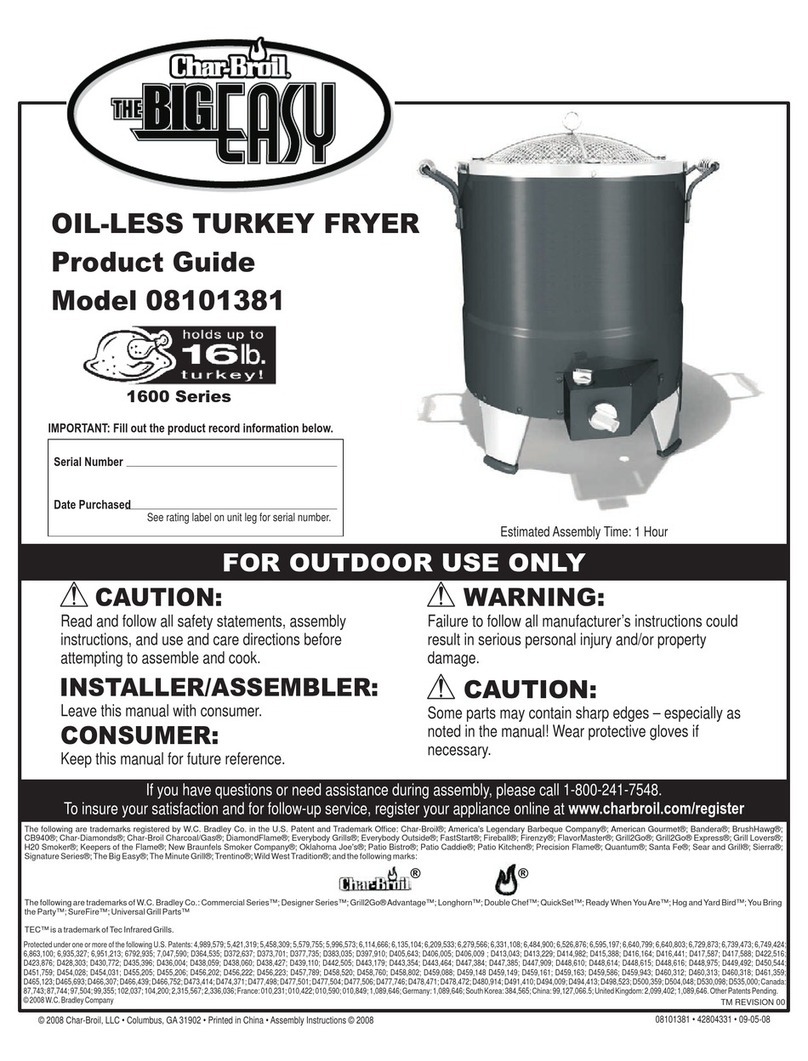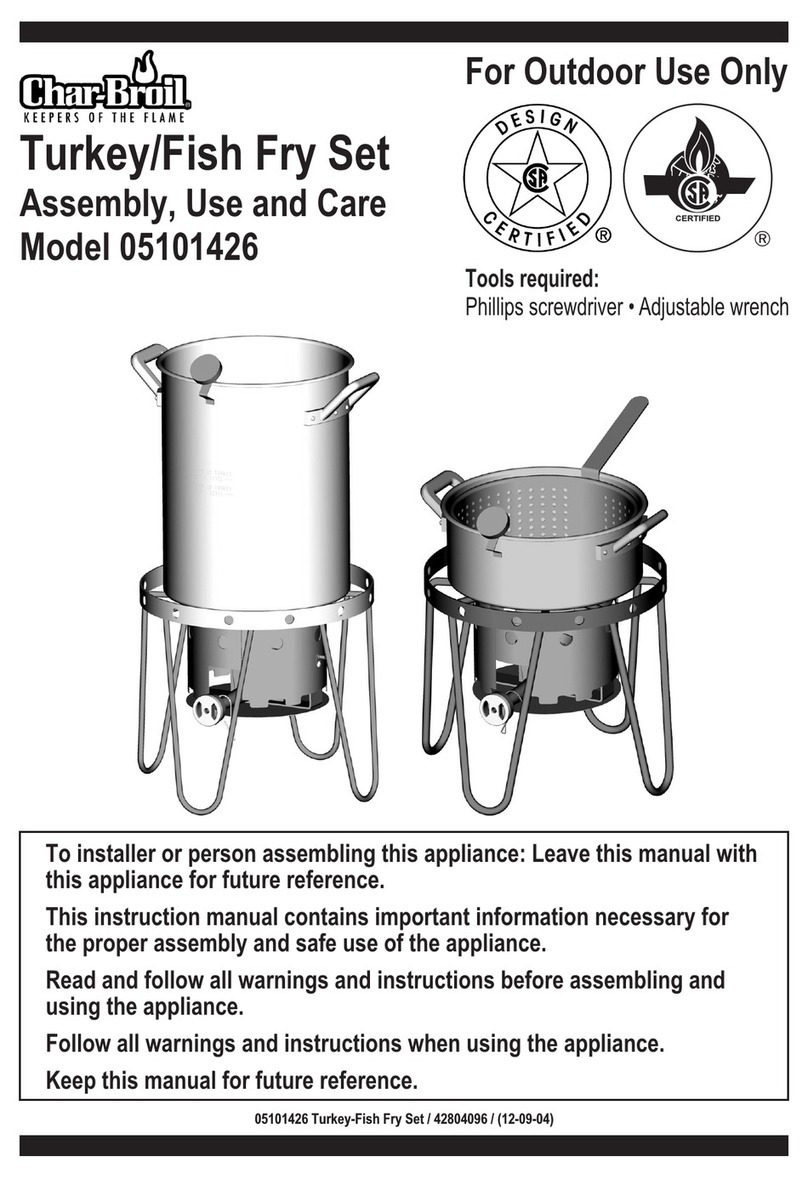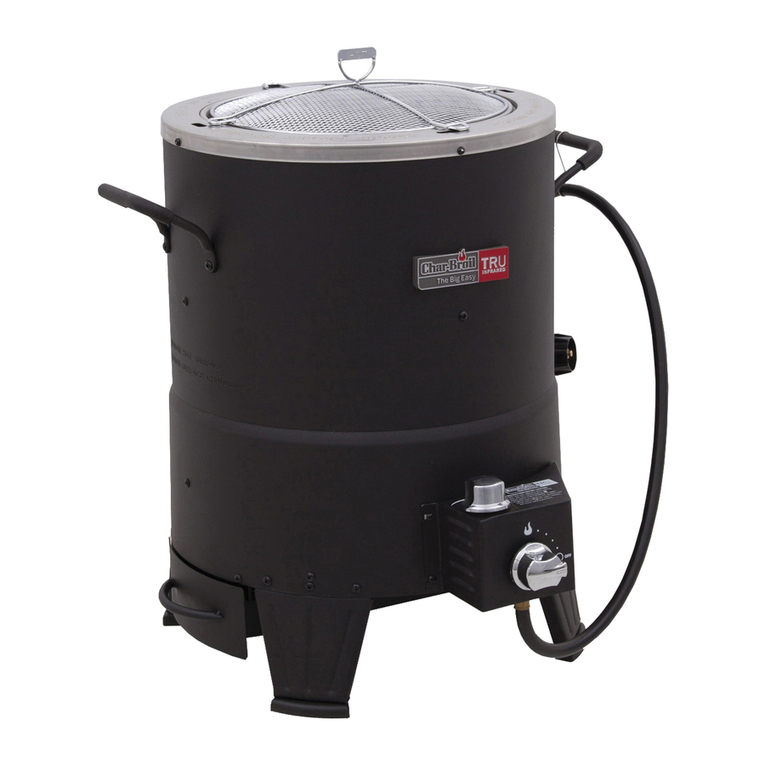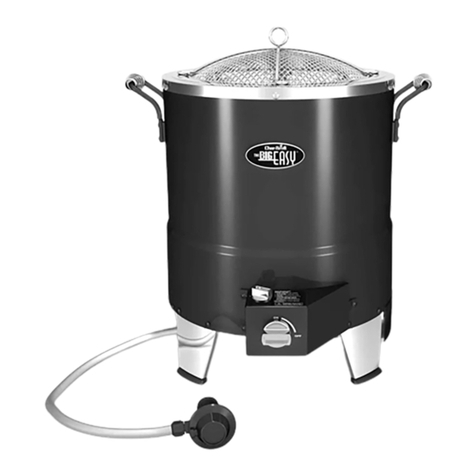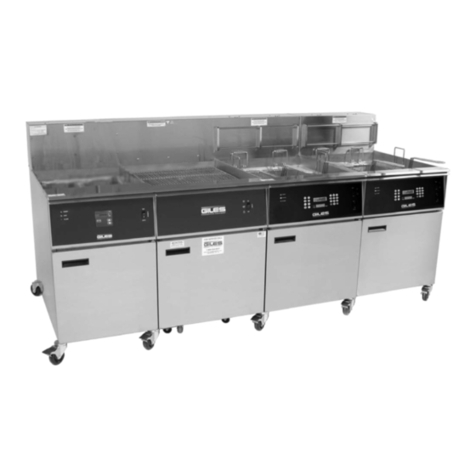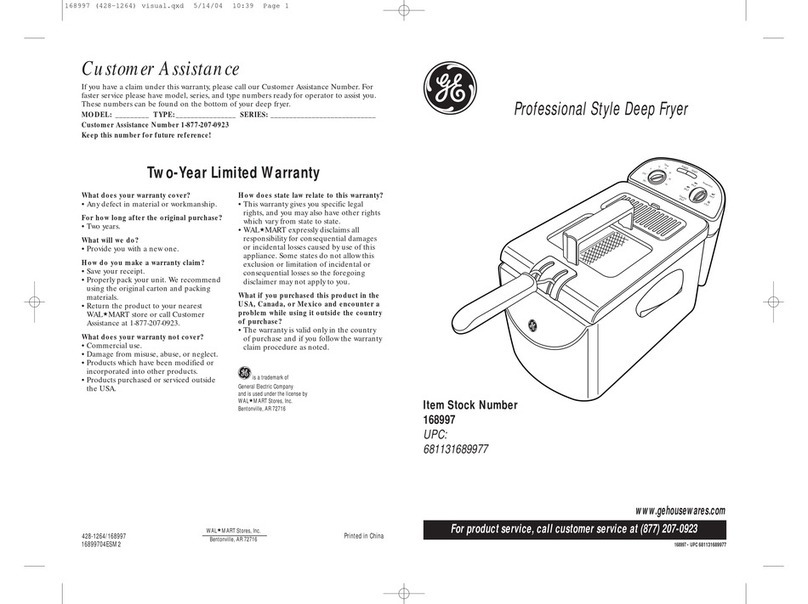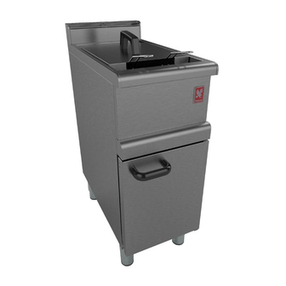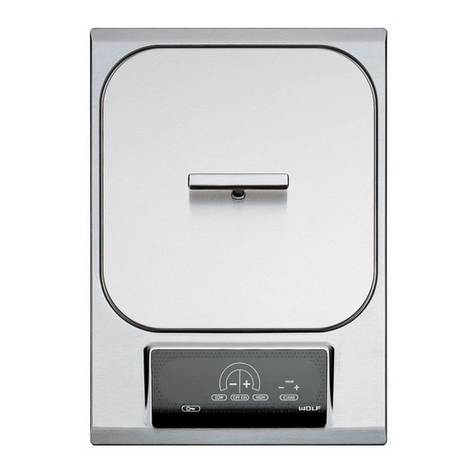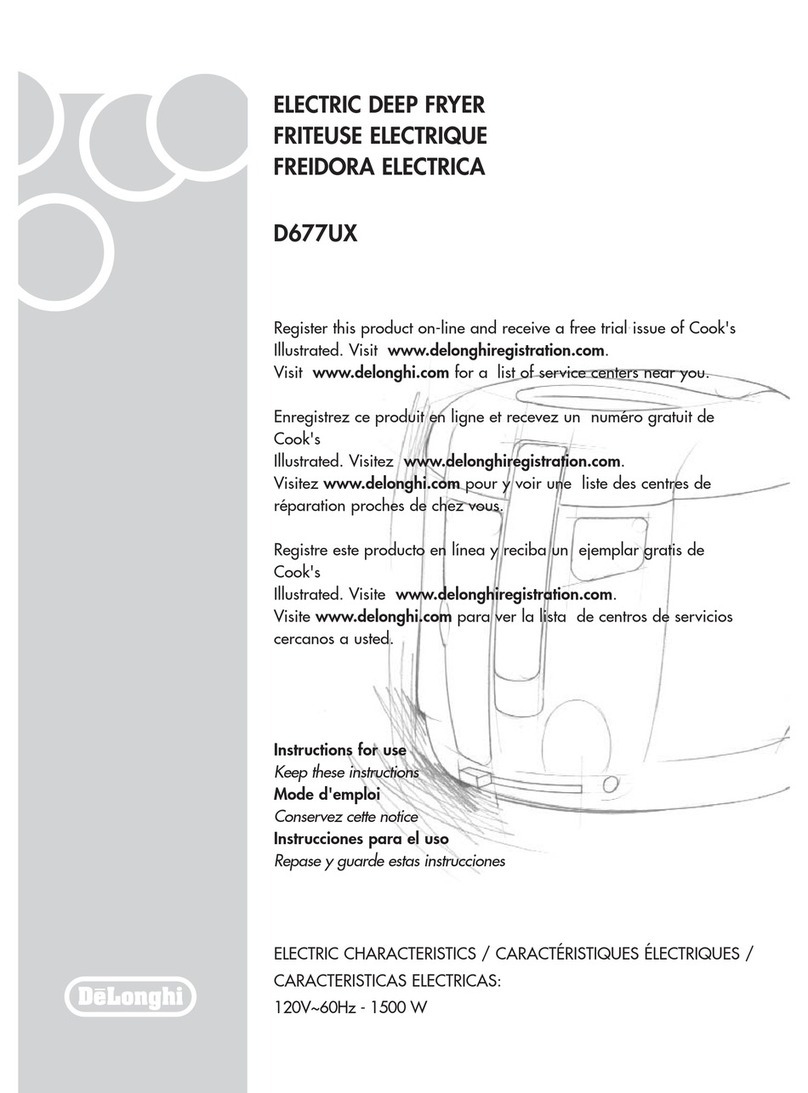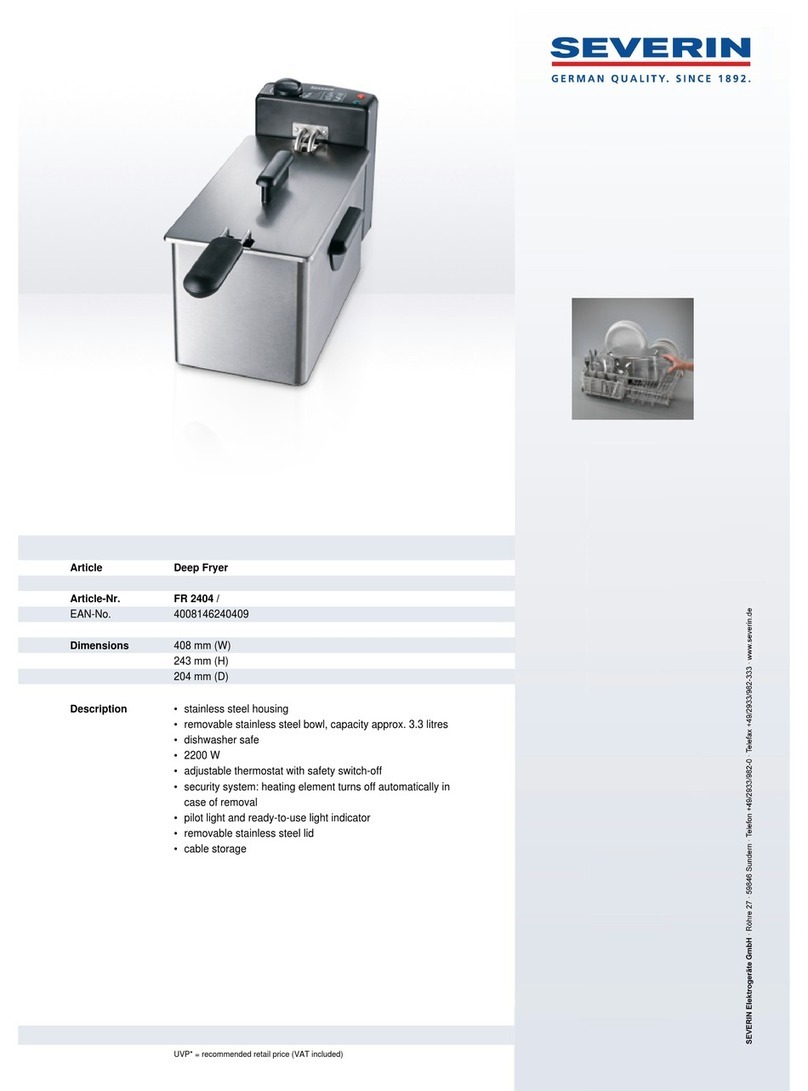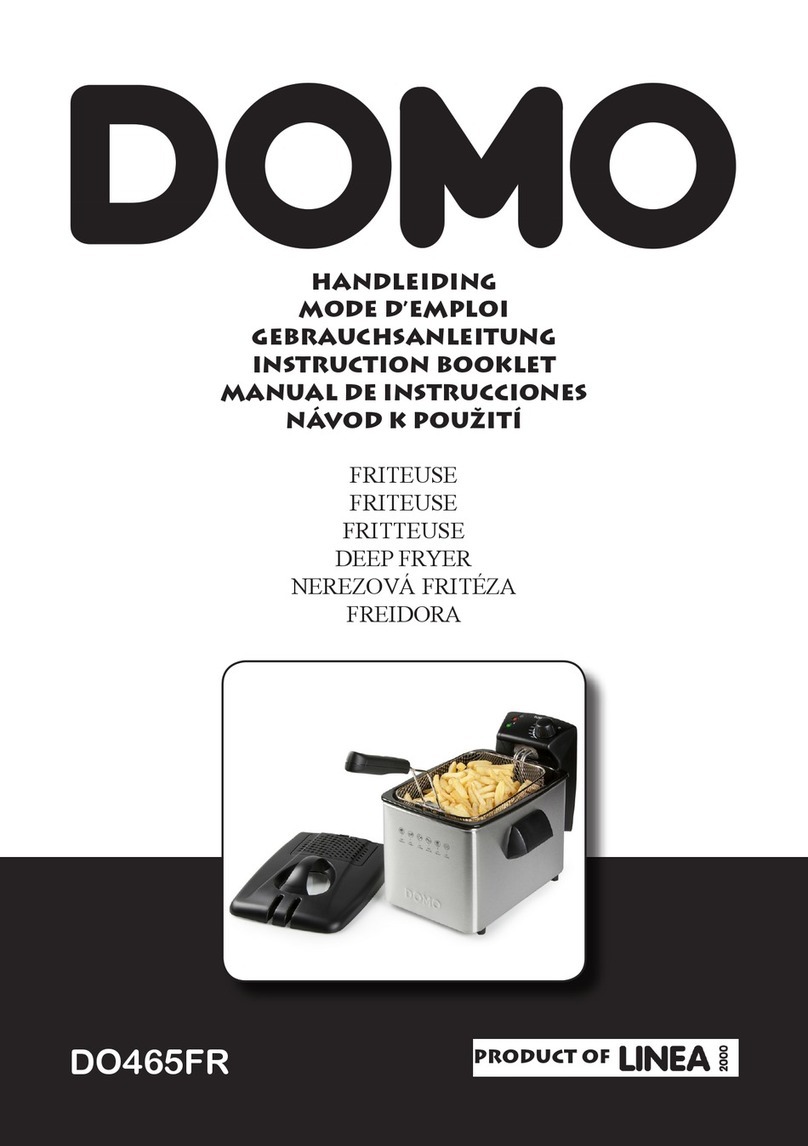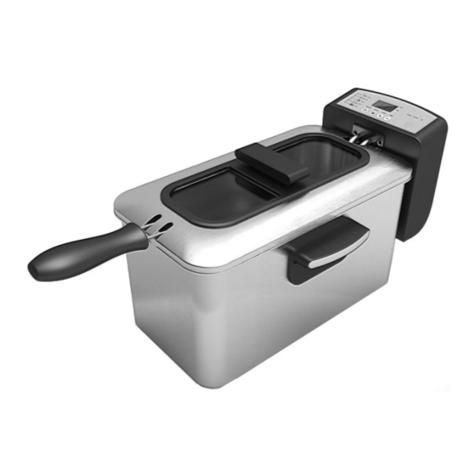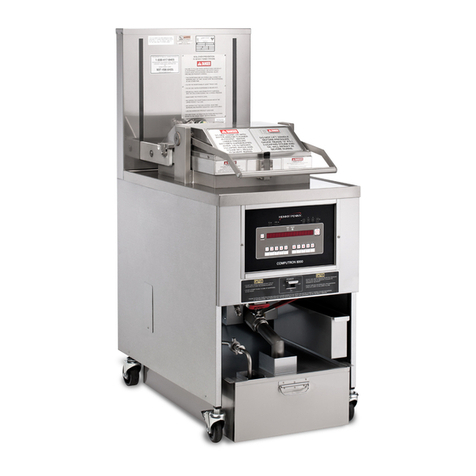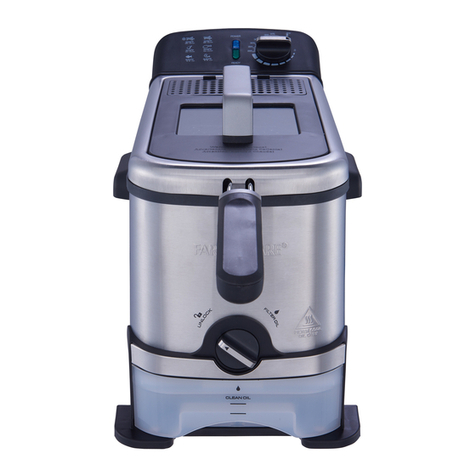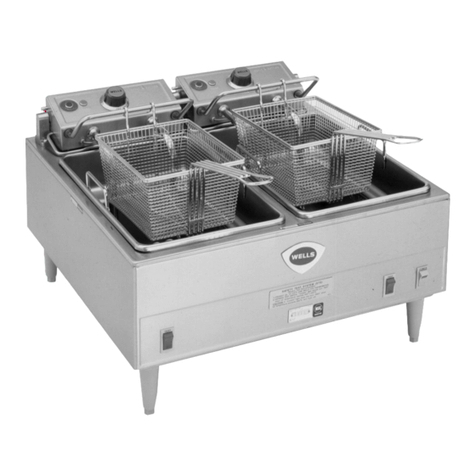
DANGER
DANGER: Indicates an imminently hazardous situation which, if not avoided, will result in death or serious injury.WARNING: Indicates a potentially hazardous situation which, if not avoided, could result in death or serious injury.
CAUTION
CAUTION: Indicates a potentially hazardous situation or unsafe practice which, if not avoided, may result in minor or moderate injury.Safety SymbolsThe symbols and boxes shown below explain what each heading means. Read and follow all of the messages found throughout the manual.THIS GRILL IS FOR OUTDOOR USE ONLY.Read and follow all safety statements, assembly instructions, and use and care directions before attempting to assemble and cook.
INSTALLER/ASSEMBLER:
Leave this manual with consumer.
CONSUMER:
Keep this manual for future reference.Failure to follow all manufacturer’s instructions could result in serious personal injury and/or property damage.Some parts may contain sharp edges. Wear protective gloves if necessary.For residential use only. Do not use for commercial cooking.
WARNINGWARNINGCAUTIONCAUTIONCAUTIONWARNING
CALIFORNIA PROPOSITION 651. Combustible by-products produced when using this product contains chemicals known to the State of California to cause cancer, birth defects, or other reproductive harm.2. This product contains chemicals, including lead and lead compounds, known to the State of California to cause cancer, birth defects or other reproductive harm.Wash your hands after handling this product.
WARNING
Do not attempt to repair or alter the hose/valve/regulator for any “assumed” defect. Any modification to this assembly will void your warranty and create the risk of a gas leak and fire. Use only authorized replacement parts supplied by manufacturer.
CAUTION
Grease Fires• Putting out grease fires by closing the lid is not possible. Grills are well ventilated for safety reasons. • Do not use water on a grease fire. Personal injury may result. If a grease fire develops, turn knobs and LP tank off. • If grill has not been regularly cleaned, a grease fire can occur that may damage the product. Pay close attention while preheating or burning off food residue to insure that a grease fire does not develop. Follow instructions on General Grill Cleaning and Cleaning The Burner Assembly to prevent grease fires. • The best way to prevent grease fires is regular cleaning of the grill.This instruction manual contains important information necessary for the proper assembly and safe use of the appliance.Read and follow all warniongs and instructions before assembling and using the appliance.Follow all warnings and instructions when using the appliance.Installation Safety Precautions• Use your appliance, as purchased, only with LP (propane) gas and the regulator/valve assembly supplied. • The appliance installation must conform with local codes, or in their absence of local codes, with either the National Fuel Gas Code, ANSI Z223.1/ NFPA 54, Natural Gas and Propane Installation Code, CSA B149.1, and Propane Storage and Handling, CSA B149.2, Canadian Electrical Code, CSA C22.1 or the Standard for Recreational Vehicles, ANSI A 119.2/NFPA 1192, and CSA Z240 RV Series, Recreational Vehicle Code, as applicable.• This appliance is not for use in or on recreational vehicles and/or boats. • This appliance is safety certified for use in the United States and/or Canada only. Do not modify for use in any other location. Modification will result in a safety hazard.Grease Tray• Never use drippings directly from the grease tray to make gravy. Use the included foil tray liner to catch drippings, then reheat the drippings to kill bacteria. Replacement foil tray liners and other accessories can be found at www.charbroil.com.If you smell gas:1. Shut off gas to the appliance.2. Extinguish any open flame.3. Open lid.4. If odor continues, keep away from the appliance and immediately call your fire department.Failure to follow these instructions could result in fire or explosion, which could cause property damage, personal injury or death.
DANGERDANGER
1. Never operate this appliance unattended.2. Never operate this appliance within 10ft (3m) of any structure, combustible material or other gas cylinder.3. Never operate this appliance within 25 ft (7.5 m) of any flammable liquid.4. If a fire should occur, keep away from the appliance and immediately call your fire department. Failure to follow these instructions could result in fire, explosion or burn hazard, which could cause property damage, personal injury or death.If grill should go out accidentally, turn the burner control OFF, wait 5 minutes and repeat the lighting procedure.
CAUTION
TABLE OF CONTENTS
Product Record Information.............................................1For Your Safety.................................................................2Safety Symbols ...............................................................2Installation Safety Precautions.........................................2Food Safety .....................................................................3Use and Care...............................................................3-6Limited Warranty..............................................................7Parts List........................................................................20Parts Diagram................................................................23Assembly..................................................................24-28Troubleshooting........................................................29-30Registration Card...........................................................352Downloaded from www.Manualslib.com manuals search engine
